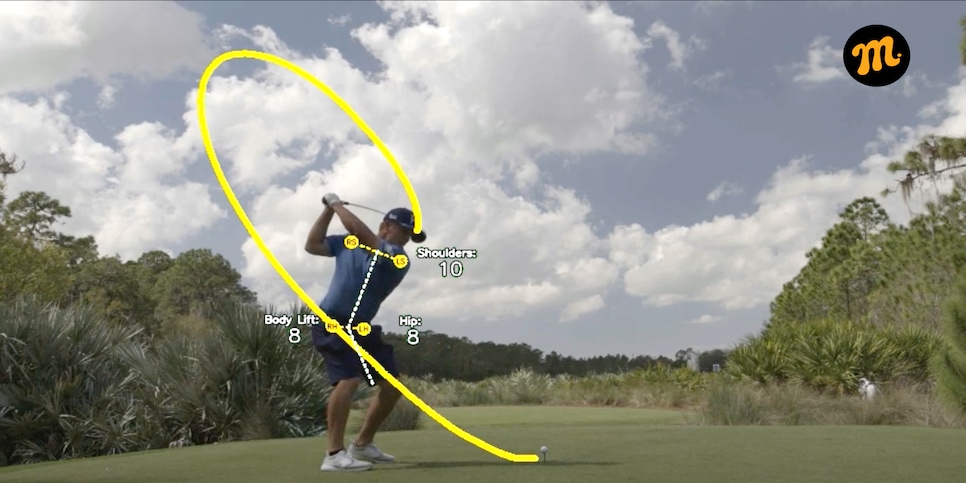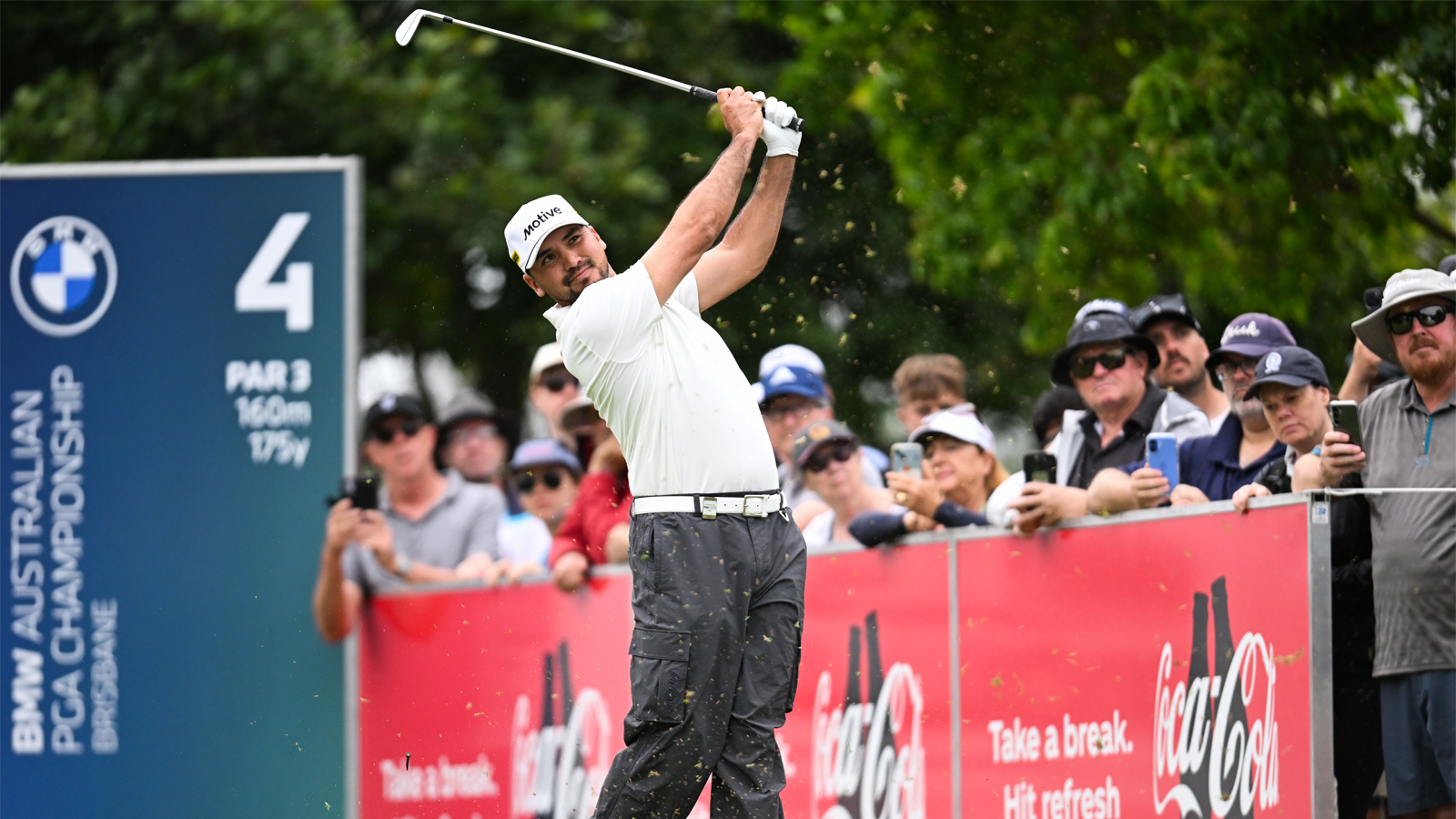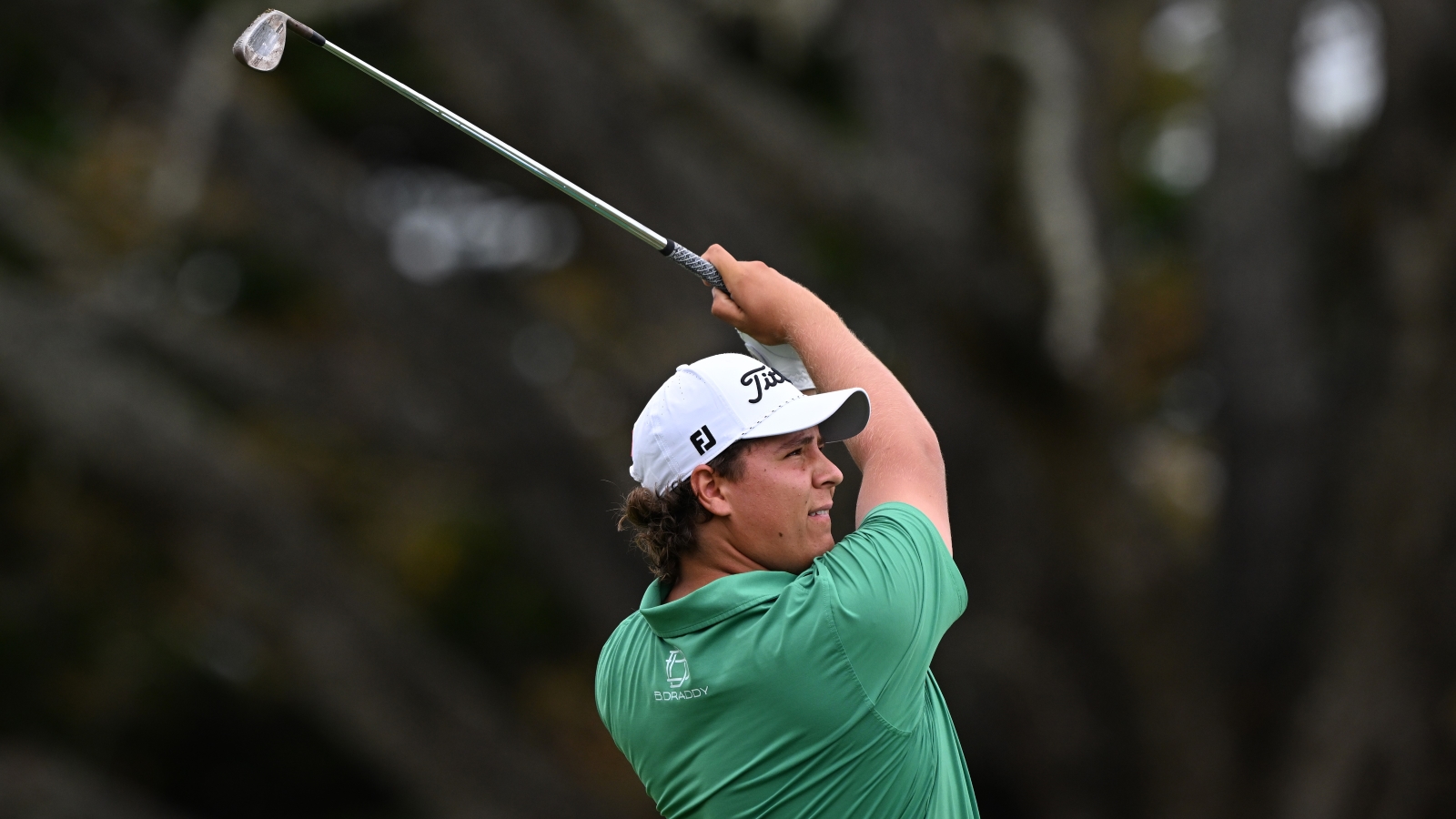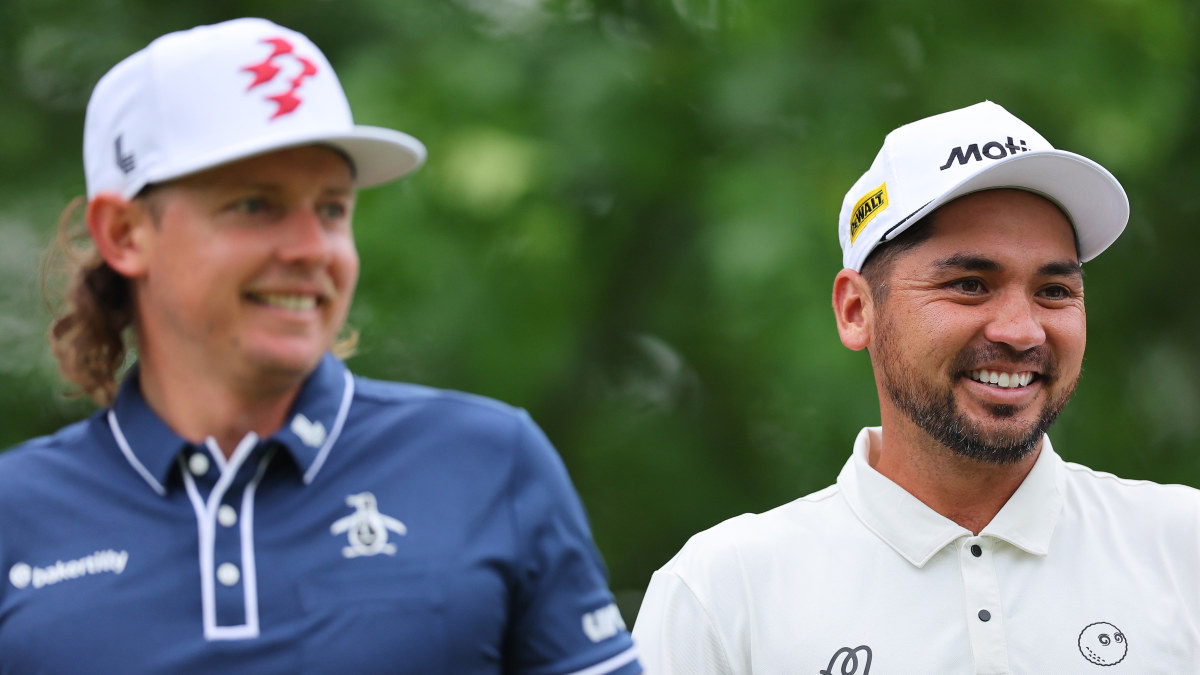Steal this power move from Bryson to hit Bryson-like drives – Australian Golf Digest

- by Admin
- November 20, 2024

If there’s one thing that brings together all golfers, from tour stars to beginners, it’s the desire for more distance off the tee. Ego plays a part, that’s for sure, but longer drives mean shorter approach shots, more greens in regulation, more putts for birdie—you get the idea. Distance helps. A lot.
Take Bryson DeChambeau. A few years ago, he was plenty long off the tee by any standard, but then he took up an intense physical-fitness program and rebuilt his swing—even consulted competitive long drivers—all to boost his distance potential. Now he’s next-level long, and he has two U.S. Open victories to prove it was worth it.
To see how Bryson generates his power, I did a breakdown of his driver swing, starting with a step-by-step analysis on the Mustard Golf app. Mustard measures moves like body rotation, hand path and dynamic posture; grades them based on 3D data models from thousands of swings; and prescribes personalized coaching.
MORE: How a week of AI golf lessons cured this big swing fault
After seeing Bryson’s full report on Mustard, I think the best move you can copy is his backswing, specifically how wide he swings and his massive turn. Let’s look at three points:
- First, keeping the trail arm straight on the takeaway
- Second, hinging the wrists late in the backswing
- Third, making as big a chest rotation as possible
We’ll take these one by one, starting with the trail arm (the right arm for righties). This is one of the first things I check in my students’ swings because it’s a major, major power producer. Bryson keeps his right arm extended in the backswing longer than any player in the professional game, and that gets his upper body turning early and fully.
In short, if you keep your trail arm straight as you start back, your body has to turn. If the arm bends, your body can stop rotating. Think about your arms and chest forming a triangle shape at address. You want to maintain that triangle for as long as possible, and the trail arm is the key.
Another benefit is that a straight trail arm widens and lengthens the arc of the backswing. This creates more space on the downswing to accelerate the club into the ball. Plus, when the arm stays straight, the wrists tend to hinge later in the swing, which makes the arc even wider.
Again, Bryson’s swing is a perfect example. His wrists don’t start hinging until the club is halfway back. Golfers who hinge their wrists right off the ball give up width and, ultimately, power. You want the grip of the club to stay as far from your body as possible and your trail elbow, when it does eventually bend, to keep some distance from your ribcage. That’s how you create width.
Chest rotation is the last move I want to look at, and, of course, it’s closely related to the trail arm and the wrist hinge. Bryson has one of the biggest turns you’ll ever see. In fact, because he keeps his right arm extended for so long, his chest rotates 90 degrees in the first half of the backswing. As I said, when you keep the trail arm straight, the chest automatically turns.
RELATED: Troubles off the tee? Why Wyndham Clark, the tour’s best fader, should be your model
The Mustard app calculates a grade on a 10-point scale for several moves and positions during the swing. Not surprisingly, Bryson’s upper-body rotation at the top scored a 10 out of 10. If Mustard gave 11s, he’d have gotten one. His shoulder turn is about 110 degrees at full stretch.
So let’s put all of these backswing power boosters into three simple keys you can focus on if you want to swing like Bryson and deliver more speed to the ball:
- As you start your swing, extend your trail arm back
- Don’t hinge your wrists early—keep the swing arc wide
- Feel the wide arc pulling your chest into rotation
If distance is what you want—do I even have to ask?—copy these power moves from one of the game’s true bombers. As I like to tell my students, when you swing big, you get big distance. So stretch out that backswing, and you’ll see the payoff down the fairway.
Michael Breed is Golf Digest’s Chief Digital Instructor.
This article was originally published on golfdigest.com
The Latest News
-
November 21, 20242025 Australian Open draw could feature Jannik Sinner, Carlos Alcaraz, Daniil Medvedev, Novak Djokovic in same half
-
November 21, 2024The mood in India: Complacency and anxiety, but this battle will decide the series
-
November 21, 2024Time cost others and was McSweeney’s making. This is why he can bust a ‘myth’
-
November 21, 2024Experience gap shapes as one of series opener’s major subplots | cricket.com.au
-
November 21, 2024Australia captain Pat Cummins eyes elusive series win against India




